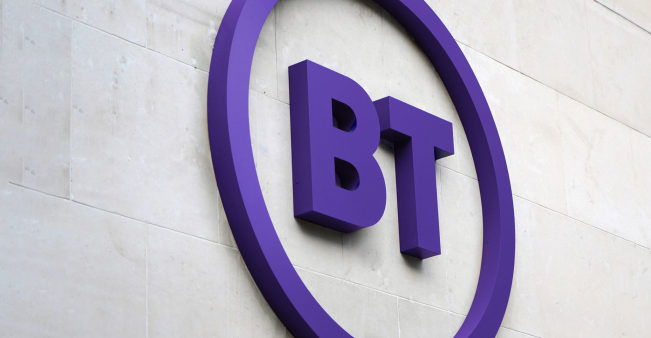British Telecom announces the shutdown of 3G network in 2023, saying it is not in a hurry to launch Open RAN

According to foreign media reports, British Telecom (BT) has
just released what it calls the most ambitious and complete network vision plan
in the history of the United Kingdom. The operator promises to achieve 5G
network coverage across the UK by 2028 and expand the network. At the same
time, BT revealed its 2G and 3G network shutdown and Open RAN implementation
plan.
According to foreign media reports, British Telecom (BT) has
just released what it calls the most ambitious and complete network vision plan
in the history of the United Kingdom. The operator promises to achieve 5G
network coverage across the UK by 2028 and expand the network. At the same
time, BT revealed its 2G and 3G network shutdown and Open RAN implementation
plan.
At the company’s Network Vision event, Marc Allera, CEO of BT’s consumer business unit, stated that with mobile network capacity demand growing at a rate of 40% per year, its EE mobile network must comply with the group’s recent fixed infrastructure and Commitment to fiber optics.

Marc Allera stated that EE’s goal is to achieve nationwide
5G network connectivity in the UK by 2028, and to complete the “only fully
converged network in the UK” in the mid-2020s to achieve full integration of
optical fiber, WiFi, and mobile networks. It is called the "intelligent
network".
In terms of 5G, Marc Allera explained that by 2028, EE’s
macro network will cover more than 90% of the land in the UK. Any place other
than that will be supported by “requestable 5G solutions” to ensure Challenging
terrain, remote areas, and network connections at festival sites.
The company plans to deploy the recently acquired 700MHz 5G
spectrum in "most of its sites" to provide stronger indoor and wider
network coverage. In the short term, BT's goal is to achieve 5G network
coverage for 50% of the UK population by early 2023.
Marc Allera added that EE is "going further" to
achieve national network coverage. Recently the company reached an agreement
with OneWeb to explore the use of aviation and space technologies including
drones, satellites and high-altitude platforms to "be the best in the
UK." Provide network connectivity in challenging areas."
"Ultimately, we hope that it will make on-demand
connection as easy for customers as using data traffic via Uber to get a taxi
or recharge," he said.
At the same time, BT will also vigorously promote 4G
construction and deployment, and plans to expand 4G signal coverage by 4,500
square miles to achieve network coverage of more than 90% of the UK by 2025.
The company will also use the investment to support the government's emergency
service network.
Not in a hurry to Open RAN
Howard Watson, CTO of BT Networks, introduced the company's
progress in replacing equipment from high-risk suppliers in its network. Its
goal is to remove Huawei equipment from its 5G infrastructure by 2027. Howard
Watson said that in the context of the new crown epidemic, it is “challenging
to make progress in this area”, but the company has begun to replace sites in
multiple cities, and now BT will accelerate the progress in this regard, because
most of the logistics planning has been carry out.
Howard Watson said that with the dismantling of Huawei
equipment, Open RAN "will play a role in the diversification of our
network supply chain in the future." But he added that the proportion and
maturity of technology are particularly important when providing services, so
he predicts that Open RAN will not play a "more critical and important
role" in BT's network until after 2025.
When talking about whether this timetable would put the
company at a competitive disadvantage, Howard Watson admitted that at least
“one operator has the ambition to do this in advance (that is, to achieve Open
RAN scale deployment earlier)”, but for EE , It is very important to replace
Huawei equipment, which is also the focus now.
"I think we will not miss any features. By spending a
little longer, this will allow us to see the maturity of the technology."
He said.
Shut down 2G and 3G networks
Marc Allera added that as EE enters the 5G era, “it’s time
to say goodbye to our traditional 2G and 3G networks”. EE pointed out that
network traffic on 2G and 3G networks has continued to decline, and stated that
the company is the first operator in the UK that has set a time frame to
terminate 3G services in 2023. The 2G network is also facing the same fate, but
BT did not give a specific shutdown time, only saying that it will be
"after 2025."
"By eliminating these networks, we will be able to
reduce the complexity of the overall network and at the same time free up
resources, and then we can reuse these precious spectrum resources for 4G and
5G." Marc Allera said.